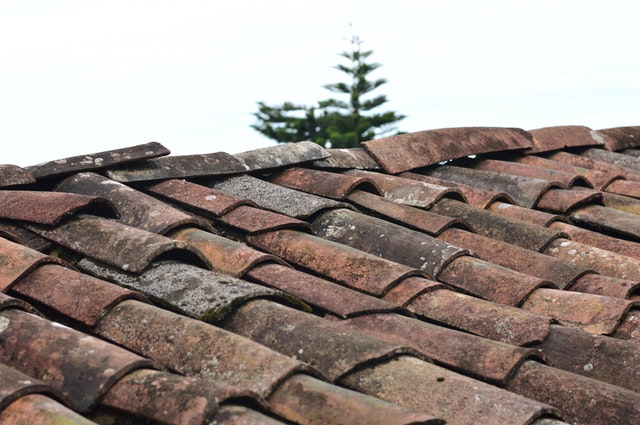
Depending on their material, tile roofs can last for 50 to 150 years. But you won’t get that much mileage out of your tile roof if you don’t maintain it properly. Cracks, debris buildup and fungal growth can impair the protection that a tile roof delivers. Regular maintenance identifies small issues before they become big problems.
Are Tile Roofs Difficult to Maintain?
One of the benefits of a tile roof is that it requires little maintenance. Tile naturally resists pests, damage and organic growth. It looks great with minimal care.
However, small concerns can lead to large leaks if you don’t address them in a reasonable time frame. Some of the most pressing problems that affect tile roofs include the following. Look for these signs during roof inspections, and contact a professional roofing company to address them:
• Cracks and chips – Tile roofs can crack from strong storms, foot traffic and protruding nails in the underlayment. Water easily seeps into fractures, creating rot, mold and leakage issues.
• Slipping tiles – Tiles that have been damaged or weren’t installed properly may shift out of place, leaving the underlayment vulnerable to water penetration.
• White spots – If your tiles reveal a white residue after they’ve gotten wet, they are exhibiting signs of lime bloom. This means that calcium carbonate is leaching from the tiles. While this isn’t detrimental, it is a sign that the tiles may be reaching the end of their life.
• Underlayment problems – You’re most likely to notice signs of underlayment problems from the inside of your home. If the tiles look great but there are leaks or water stains inside the home, your underlayment may need to be replaced or repaired.
Steps for Maintaining Your Tile Roof
Now that you know what to look for, you need to understand the ins and outs of tile roof maintenance. It’s important to avoid walking on the tiles. Although they’re more robust than you might imagine, tiles can become damaged if you don’t know how to apply your weight properly. Moreover, they can be slippery, creating a hazard for you. A safer way to inspect your roof is to use a ladder and perform a visual inspection. But the safest way is to hire a licensed, insured roofer to do the job.
You should take the following steps to inspect and maintain your roof at least once a year. You may also want to do this after an intense storm or a season with lots of temperature fluctuations, which can crack the tile.
Conduct a Visual Inspection
Taking a look at your roof is one of the best ways to keep it looking great and functioning properly. If you do this regularly, you’ll get to know what’s normal so that you can easily detect flaws that crop up. Look for the issues that are listed in the section above.
Remove Debris
Use a soft, long-handled broom or brush to gently remove debris from the tiles. Look for leaves, pine needles and bird nests in the valleys of the tile. You may also want to look for animal nests beneath the hollow tiles. If birds have access to these protected areas, they may create their homes there. This can dislodge the tiles and discolor the roof with droppings.
If you have a problem with birds nesting in your tile roof, take action. There is a variety of safe and humane options for deterring birds from your roof.
Clear your gutters and downspouts of debris as well. Doing this will allow water to flow freely and prevent it from gathering in puddles, which can leak into the building.
Clean the Roof
A tile roof needs a thorough cleaning every three to five years. However, if you notice stains or mildew growth between cleanings, you should take care of these issues. If you can reach the discolored spot, you can clean it yourself with a rag or brush.
Be careful if you choose to use a pressure washer. Although this device can quickly remove stains and debris from your roof, it can damage the tile and cause leaks if it’s not used properly. It’s best to call on a professional roofer to take care of stains that you can’t reach.
Seal the Surface
The surface of your roof tiles should be sealed with an appropriate product every three to five years. Ideally, you would perform this task after a comprehensive cleaning.
Because roof tiles are porous, they absorb moisture if they’re not properly sealed. This moisture can impair the tiles and cause mildew problems.
Sealant improves the tiles’ water resistance. It also reduces the chances that mold, algae or mildew will cling to the surface.
In some climates and cases, tile roofs don’t need to be sealed. Consult with a roofer to learn whether your tile roof needs sealant.
Professional Tile Roof Maintenance Gives You Peace of Mind
We often get calls from homeowners who run into questions or problems when they’re trying to do their own roof maintenance. You can avoid the hassle of wondering whether you’re doing the job right by contacting Presidio Roofing. Our team of friendly experts is happy to provide regular or emergency maintenance. Plus, knowing that your roof is in good hands allows you to enjoy your building without worrying about potential problems.





